Calculation of the boiler for the house
For a private house, autonomous heating is the best solution. It is convenient, economical, and, what is there to hide, it's nice not to depend on a common network. It is possible to control the temperature and create the most comfortable microclimate. If you intend to organize a similar system at home, you need to choose the right equipment. Even if you have already decided on the type of boiler, you must be able to calculate its power individually for your home in order to avoid unnecessary costs and inconvenience in operation. We devoted this article to the topic of calculating the power of a boiler for a home.
An elementary calculation of a boiler for a house according to its quadrature is as follows: 1 kW of power is consumed per 10 m² and 10% is added to the resulting number in reserve. However, with all the convenience of such mathematics, it should be borne in mind that the layout of all houses is different, and it is impossible to fit everything into one template. In addition, the walls of houses are built from various materials, each of which has its own thermal insulation characteristics. Wood, for example, holds heat well, while stone and brick need additional insulation and more powerful heating. A similar formula for calculating the required power was relevant in the days of the USSR, when every second house was built from red baked bricks. It does not take into account modern construction technologies, moreover, the formula may be completely unsuitable for areas with extremely cold climates. This is a very approximate and rough calculation, which, nevertheless, is able to give an initial idea of \u200b\u200bwhere to start choosing a boiler. It is applicable for houses with small heat losses, for example, where rooms have a maximum height of 3 m, and metal-plastic double-glazed windows are installed on the windows. However, not all private houses and cottages can boast of such insulation, and therefore it is best to entrust the final calculation to professionals or use online calculators. In this case, one should take into account not only the quadrature of the house, but also the material from which the walls are built, the thickness of the heat-insulating layer, the height of the ceilings, etc. But at the same time, one must understand that the theoretical power does not in all cases correspond to the conditions in reality. In the image below you can see a graph of the dependence of the power of the heating network on the quadrature of the house:
To create a more detailed calculation of the boiler power for a private house, many factors must be taken into account:
In houses where a forced-type ventilation system is installed, the calculation of the boiler power should include the amount of energy that is needed to heat the air in the rooms. Usually, the easiest way to do this is to use special programs, which are a dime a dozen on the Internet. They allow you to avoid errors in calculations and give the most accurate result. It should be noted that in fact, the specific power of the heating system of a house can increase to a value of 127 W / m² with a square of 100-150 m², and vice versa - drop to 85-80 W / m² in spacious houses with an area of 400-500 m². As you can see, these figures differ from the generally accepted template value of 100 W/m² used for pre-selection of equipment. This discrepancy is explained by the fact that in small buildings heat is spent inefficiently from the point of view of heat engineering. When the area is large, then inside the house there are many rooms with adjacent internal partitions and walls, so heat spreads through them, and heat losses are reduced.
Some may think: “Why not buy a very powerful boiler right away and forget about these calculations?”. We hasten to warn you against such a decision, since exceeding the recommended power of the equipment will lead to an increase in costs and a decrease in the efficiency of the boiler itself. In addition, failures in the operation of automation, rapid wear of components, the appearance of condensate in the chimney and other unpleasant events are not ruled out. When calculating the boiler, you should try to "hit the bull's-eye" and choose the power that is right for your home. Types of boilersWhat should be guided first of all when choosing a boiler? What to push back from? It is best to start with an assessment of the climatic features of your region, as well as the level of infrastructure development. In third place is the possibility of purchasing inexpensive fuel. There are the following types of heating boilers:
Another important parameter is the cost of using the boiler, which takes into account the price of fuel, the equipment used to heat the coolant and the cost of maintenance. Let us consider in more detail the advantages and disadvantages of each type. A gas boilerThe most popular type of heating boiler. Gas equipment is easy to operate and has a low cost, however, its installation requires a gas pipeline, so if the infrastructure is still undeveloped, you will have to look for alternative solutions. The main advantage of a gas boiler is that there is no need to stock up on combustible fuel. It is also impossible not to note the rather high efficiency - up to 95%.
The gas boiler has a high level of security and does not need a separate room (boiler room) for installation. The only exceptions are equipment with an open combustion chamber, but such equipment is installed in residential buildings in isolated cases. The boiler can be installed in the kitchen, bathroom or hallway. Household heating appliances have the following characteristics that should be taken into account when calculating a gas boiler for a home:
solid fuel boilerToday, the main competition for gas boilers is semi-automatic solid fuel boilers. We will immediately indicate their main drawback, thanks to which they have not yet taken the lead - they need to be loaded with fuel about once a day or two, and also allotted a separate place to store this very fuel. However, this problem, perhaps, will soon be resolved - designers are developing systems that can independently "feed" themselves, and it will be necessary to load raw materials into them once a week or even less often.
The calculation of a solid fuel boiler for a house should be made, taking into account the features of heaters:
The cyclicity of the outlet temperature is also an essential attribute of the use of solid fuel boilers. In other words, in heated rooms, the daily temperature can vary by an average of 5C. This, in turn, can be uncomfortable, which is why many people are ditching solid fuel boilers in favor of other options. But if, in all other respects, a solid fuel boiler suits you as well as possible, you can compensate for temperature differences with the help of a thermal bulb that regulates the air supply. It increases the combustion time of the fuel, thereby reducing the number of fireboxes (it will allow you to throw firewood less often). You can also use heat accumulators with a capacity of 2 to 10 m³. They should be included in the heating system so that they reduce energy costs and save fuel. electric boilerThe calculation of an electric boiler for a private house should begin, starting from the cost of electricity. Judging by the latest trends, electricity is constantly becoming more expensive, so it’s safe to say that for a modern owner of a private house, having an electric boiler is a great luxury. Also, not every wiring is able to provide the necessary power - the boiler puts a huge load on the network. If you live in an old-built village, you will most likely have to abandon such equipment, since in such cases only about 3 kW of energy is allocated to the house, and the boiler consumes 3-6 kW. Why so few? Previously, people did not have not only electric boilers, even TVs were considered a curiosity. Electricity was spent maximum on lighting, a washing machine, an iron and a radio, and therefore 3 kW was more than enough.
Characteristics of electric heating boilers:
Oil boilerLiquid fuel boilers are not as popular in private home heating systems as the varieties listed above. This is due to issues of environmental friendliness and safety of operation of such equipment.
Characteristics of liquid fuel boilers:
Boiler calculation: formulas and examplesHow to calculate the power of the boiler, if you need to take into account so many different factors? We suggest using a simple formula. Since the thermal characteristics will somehow have to be rounded up to make a margin, the formula will look like this: W \u003d S * Wsp. Here S is the total area of \u200b\u200bthe house, and W is the boiler power in kW, Wsp is the average statistical power density (this parameter is used for calculations in a particular climatic zone, measured in kW / m²).
Wud is based on many years of experience in the use of different heating systems in a particular region. If we multiply it by the area of \u200b\u200bthe house, then we get the average power value. We round this value up for the stock and get the desired result. Consider the calculation of a gas boiler for the area of \u200b\u200bthe house, since this type of equipment is the most common. For example, let's take a house with an area of 140 m², which is located in the Krasnodar region. Considering that the boiler will not only heat the room, but also heat water for plumbing fixtures, calculations will be made for a network with natural circulation and stable pressure (without pumps and other equipment). The average specific power in this case will be equal to 0.85 kW / m². 140/10=14 (intermediate coefficient provided that 1 kW of power is needed for 10 squares of area). 14 * 0.85 \u003d 11.9 kW (the amount of power required by the building. To ensure the supply of hot water to plumbing, add another 20% to the value obtained: 11.9+0.2=14.28 kW Since the pressure in a natural circulation system is rarely stable, it is recommended to add another 15% in reserve: 14.28+11.9*0.15=16.07 kW It is almost never possible to avoid heat loss, so you can safely round the result up. So, for a house of 140 m², you will need a gas boiler with a capacity of at least 17 kW. The calculation of a boiler for heating a house should be made at the stage of creating a building project, since it is best to allocate a separate room for it - a furnace. Good waterproofing, ventilation and fire safety should be organized there. If you are choosing a boiler for an existing building, give preference to the safest models, for example, a power plant, the power of which can be calculated according to the same principle. |
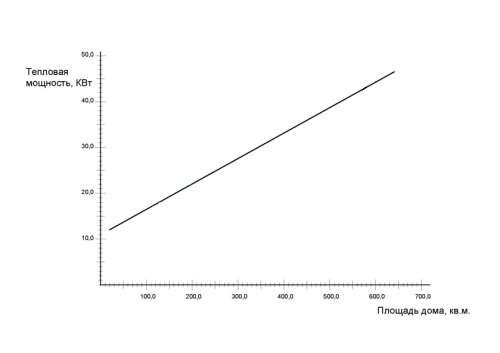
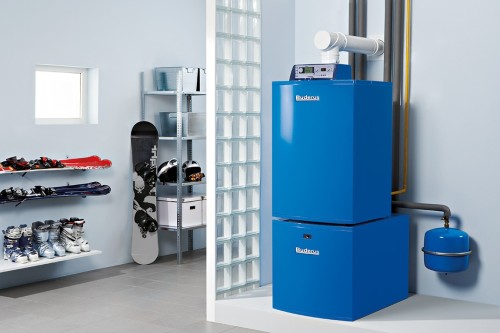
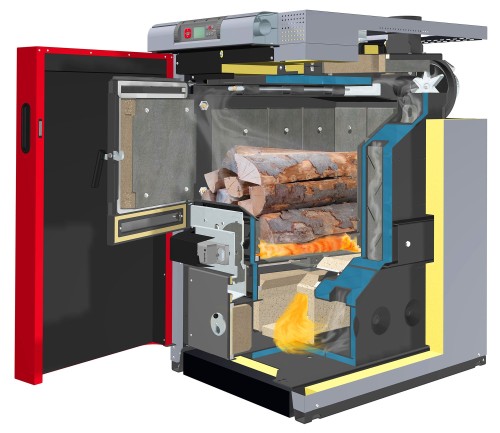
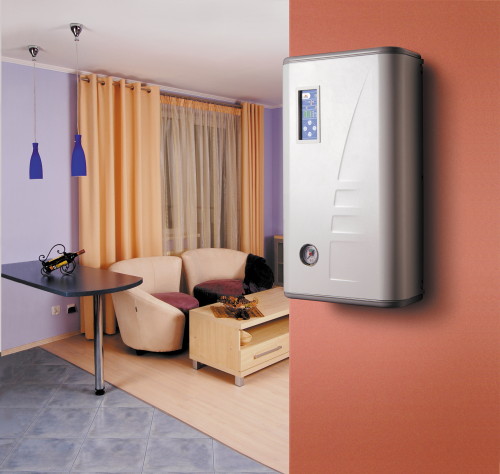
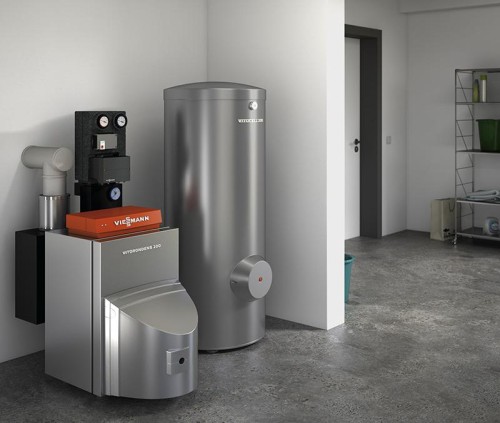
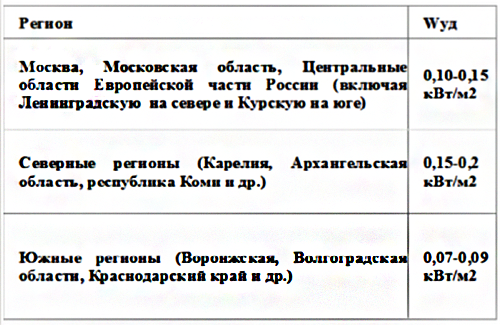
 Masonry mortars for brick kilns
Masonry mortars for brick kilns Why do the windows fog up in the apartment
Why do the windows fog up in the apartment Construction and schemes of brick ovens
Construction and schemes of brick ovens How to lay paving slabs: tips and tricks
How to lay paving slabs: tips and tricks How to drill bathroom tiles
How to drill bathroom tiles Monolithic slab on coarse soil
Monolithic slab on coarse soil Which electric heater is economical
Which electric heater is economical